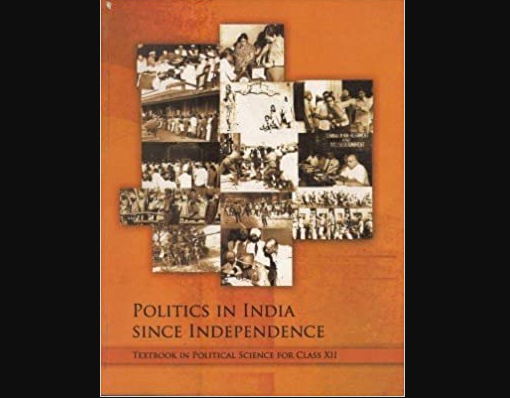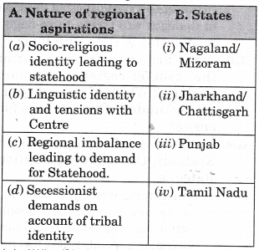Chapter 8 – Regional Aspirations Questions and Answers: NCERT Solutions for Class 12 Political Science (Politics In India Since Independence)
Class 12 Political Science (Politics In India Since Independence) NCERT book solutions for Chapter 8 - Regional Aspirations Questions and Answers.





